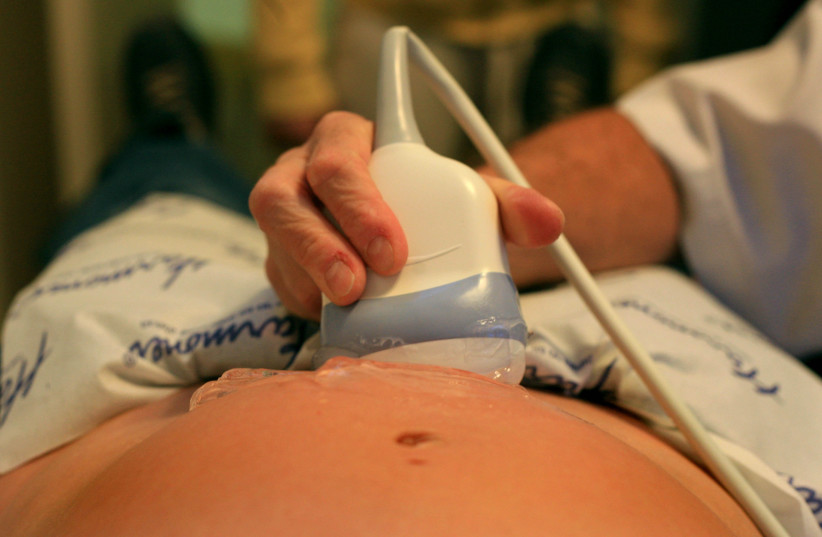Canadian researchers successfully experimented with the use of AI (artificial intelligence)-based deep learning as a tool for the early identification of birth defects in a June study.
University of Ottawa researchers' peer-reviewed proof-of-concept study, published in the scientific journal Plos One, demonstrated deep learning algorithms' potential to detect defects such as cystic hygroma as early as in the first-trimester ultrasound scans.
Cystic hygroma is a rare embryonic condition that causes the lymphatic vascular system to develop abnormally. A dangerous condition, it can be life-threatening due to fluid swelling around the head and neck of the embryo.
While the condition can be diagnosed before birth without AI, senior author Dr. Mark Walker wanted to test whether AI-driven pattern recognition can correctly diagnose a disease.
Through an analysis of ultrasound scans, the study found that the AI model accurately identified cystic hygroma cases an astonishing 93% of the time.

The research team reached the conclusion that deep-learning AIs "can achieve high accuracy in diagnostic interpretation" of the disease during the first trimester.
Future of birth defects identification
Dr. Walker, co-founder of the OMNI Research Group (Obstetrics, Maternal and Newborn Investigations) at the Ottawa Hospital, noted he believes his researchers' approach could be applied to other fetal anomalies generally identified by ultrasonography.
"What we demonstrated was in the field of ultrasound we’re able to use the same tools for image classification and identification with a high sensitivity and specificity," Walker said.
